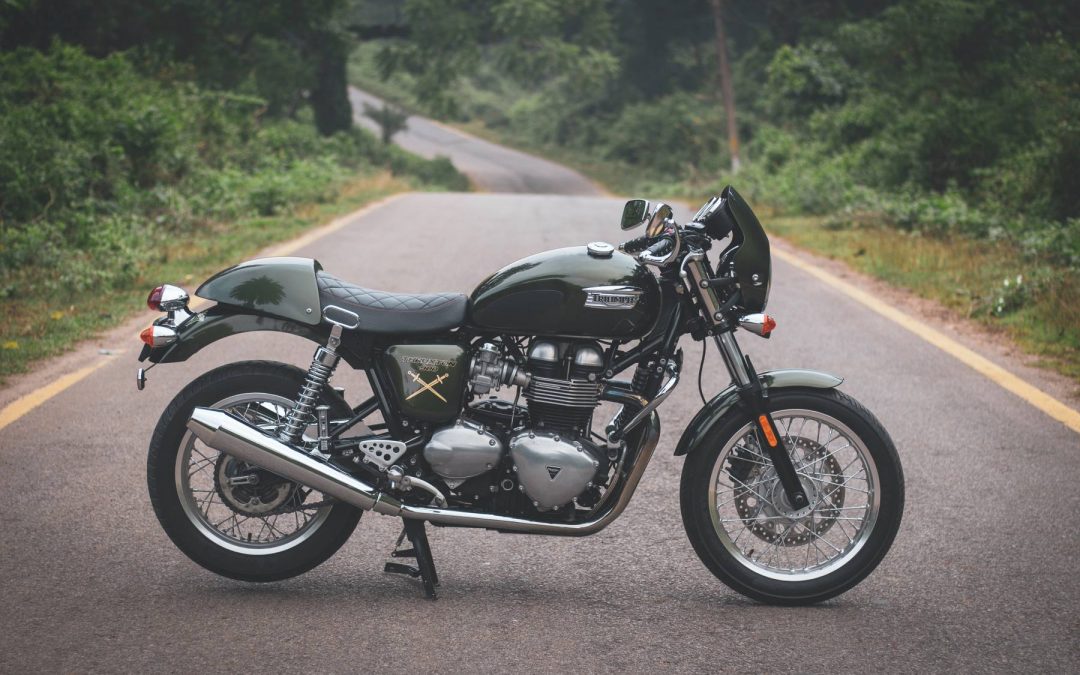So it’s the depths of winter and taking your motorcycle for a ride in the warm sunshine feels like a long way off but it’s still important to keep on top of your motorcycle maintenance. Even if your motorcycle is sheltering in your garage, there are still some jobs you can do to ensure your bike is in tip-top condition when you’re ready to get back out there.
Here are our top 10 key tips for motorbike care this winter.
1. Learn About Your Motorbike
Take some time to learn about the mechanics of your motorbike by reading the manufacturer’s manual. The owner’s manual has been written specifically for owners and not mechanics, so you’ll get to understand the key workings of your bike in layman’s terms. The more you get to know your bike, the more understanding you’ll have of being able to diagnose issues. If you’re keen to take this a step further, you can investigate motorbike mechanic courses at your local college. Some motorcycle showrooms also provide maintenance courses. Our partner business: Greater London Motorcycles would be happy to provide further details if you’re interested.
2. Warm Up Your Motorbike and Change Your Oil Regularly
When your motorbike is unused the engine oil will sit at the bottom of the stump meaning the engine parts will not be lubricated. Make sure to regularly switch on the engine and rev the throttle for at least thirty seconds to move the oil around.
All engines require regular oil changes; the frequency of the oil change will depend on how old your bike is and the type of oil you use. Don’t forget to also change the oil filters on a regular basis.
3. Tyres
Do you know the UK law requirement for minimum tread? It’s a minimum of 1mm across 75% of the tread area and visible tread on the remaining 25%.
Also look for signs of damage such as tears, holes and cracks. A vital maintenance check is the tyre pressure. Over-inflated tyres can take away vital grip with the road, under-inflated tyres reduce the bike’s stability and handling. If you’re unsure about the safety of your tyres, take a trip down to your local tyre shop for a quick check.
4. Brake Pads
Worn brake pads can lead to a fatal accident. It is vital to regularly check your brake pads – they need to be replaced if they are less than 2mm thick.
5. Air Filter Check
Air filters ensure a smooth flow of air and protect the delicate parts of your engine from airborne dust and other particles.
6. Battery
Although modern motorcycle batteries require little maintenance, continuous vibration of the engine can loosen connections. It’s a good idea to check the connections to the battery to ensure they are secure.
Most batteries have a lifespan of two years. If your battery constantly needs re-charging, bear in mind that it may need replacing.
7. Chain
Make sure to check that your chain is well-oiled and taught. When checking the tension, place a full weight equivalent to a rider on the bike as you will be checking the chain tension when the bike is fully loaded.
8. Connections
Worn cables and loose connections can result in the sudden failure of brakes, clutch or lighting. If you spot any of these issues, rectify the problem immediately.
9. Liquids
Check the levels of liquids in the reservoir or storage area in the engine, brakes, cooling system and steering. Always check the bike is on an even stand to ensure liquids are level when you conduct the check.
10. Conclusion
The above checks should be simple to perform however if you’re not feeling confident or would be reassured by a specialist checking the bike, then head down to your local motor

